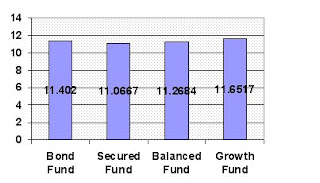A
Project Report
On
“Study Of Investment Made By LIC Of India In Share Market Through Different ULIP Plans”
Submitted To
Rashtrasant Tukadoji Maharaj Nagpur University, Nagpur.
In Partial Fulfillment for the
Degree of Master of Business Administration
(2009-2010)
Submitted by
Mr. Vaibhav S. Bhalerao
Under the Guidance of
Prof. Pradip S. Mahajan
Through
Department of Management Studies
Nabira Mahavidyalaya, Katol
Dist :- Nagpur
(2009-2010)
Life Insurance Corporation of India
Project Report
On
“Study Of Investment Made By LIC Of India In Share Market Through Different ULIP Plans”
Submitted To
Rashtrasant Tukadoji Maharaj Nagpur University, Nagpur.
In Partial Fulfillment for the
Degree of Master of Business Administration
(2009-2010)
Submitted by
Mr. Vaibhav S. Bhalerao
Under the Guidance of
Prof. Pradip S. Mahajan
Through
Department of Management Studies
Nabira Mahavidyalaya, Katol
Dist :- Nagpur
(2009-2010)
Life Insurance Corporation of India




